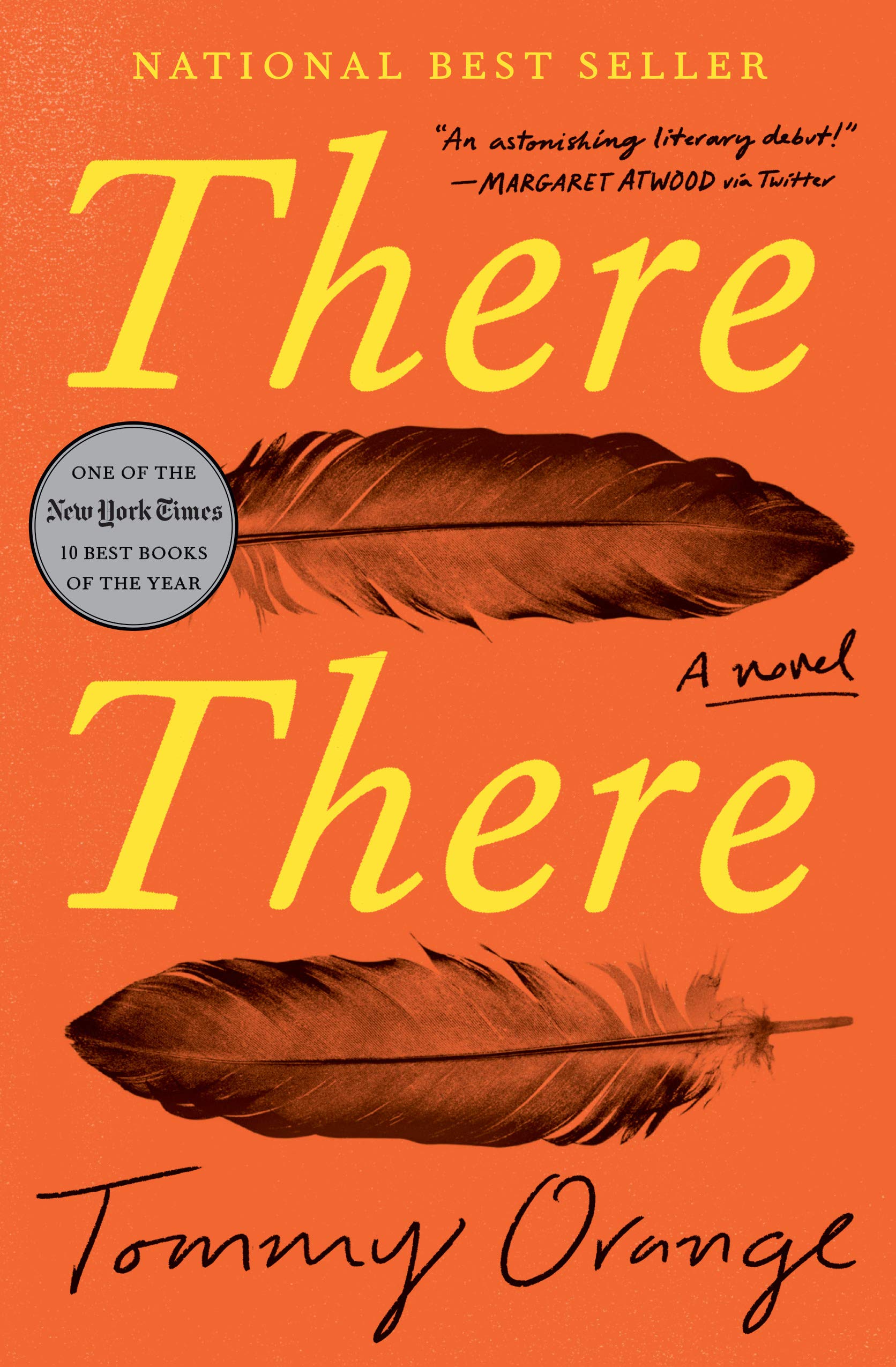I'm going to make Cheyenne author Tommy Orange's There There the first book we read in my Contemporary Native Fiction class, which starts next week. I think kids will like it: it's readable, accessible, and hypermodern. It namechecks Madlib and Radiohead; a drone makes a starring appearance. And the drama--long lost parents, grand scale robberies, alcoholism and sexual assault--is pitched at exactly the right level for teenagers, who crave, I think, a high-intensity version of the world because they are waiting on that intensity to appear in their own lives.
Reading it for the second time, I'm struck by a motif I think I missed the first time around: each of the major characters is caught staring for a moment at their own face in a reflective surface. A mirror, a television set. It's not the most original motif in the world, but it's effective here because, to varying degrees, the characters are all struggling with their own relationship to their indigeneity. Some, like Edwin, know they're Native but don't know which tribal nation their heritage belongs to, thanks to their father's disappearance. Others are told they are Native, but nothing more; they have Hispanic names. So many of these characters stress about whether they have any right to claim indigeneity at all. Some, like Orvil Red Feather, seek to embrace it headlong by dancing at the Oakland Pow Wow; others run from the claim on themselves.
Honestly, the second time through confirmed to me that the book doesn't work on a fundamental level. I stumbled on the same two obstacles: First, there's just too many characters. The climax of the novel (spoiler alert!) is a robbery at the Pow Wow that devolves into a mass shooting; there are four point of view characters involved in the robbery, and even having read through the book once it's difficult for me to separate them, psychologically and thematically, in my mind. The other problem is the end itself, which seems gratuitously violent. I was dreading it while reading, and encountering it again was almost physically repulsive. Orange gives us, again and again, first-person perspectives on what it's like to be torn apart by a bullet, but no good reason that we should have to hear it again and again. Violence is always gratuitous, you might say, always senseless, but I can't shake the idea that Orange is grasping at some kind of final statement and whiffing.
But that doesn't make it the wrong book for my class; in fact, sometimes books with big problems are better than books with few flaws. I'm looking forward to having my students figure out why There There had to end in such a bloody way; maybe they'll have a perspective that persuades me I've been reading it all wrong.


1 comment:
Good points - I am afraid you are not reading it wrong. I was quite disappointed after all the hype. You get at the structural problems very simply. Too many characters, thus a narrative that is too fragmented and the things he has to do to give it drive feel like tricks. I thought the rush towards that violent confrontation seemed formulaic - like it was a movie treatment rather than a novel.
I admire your taking it to the class with all those reservations. I look forward to hearing how that goes.
Post a Comment